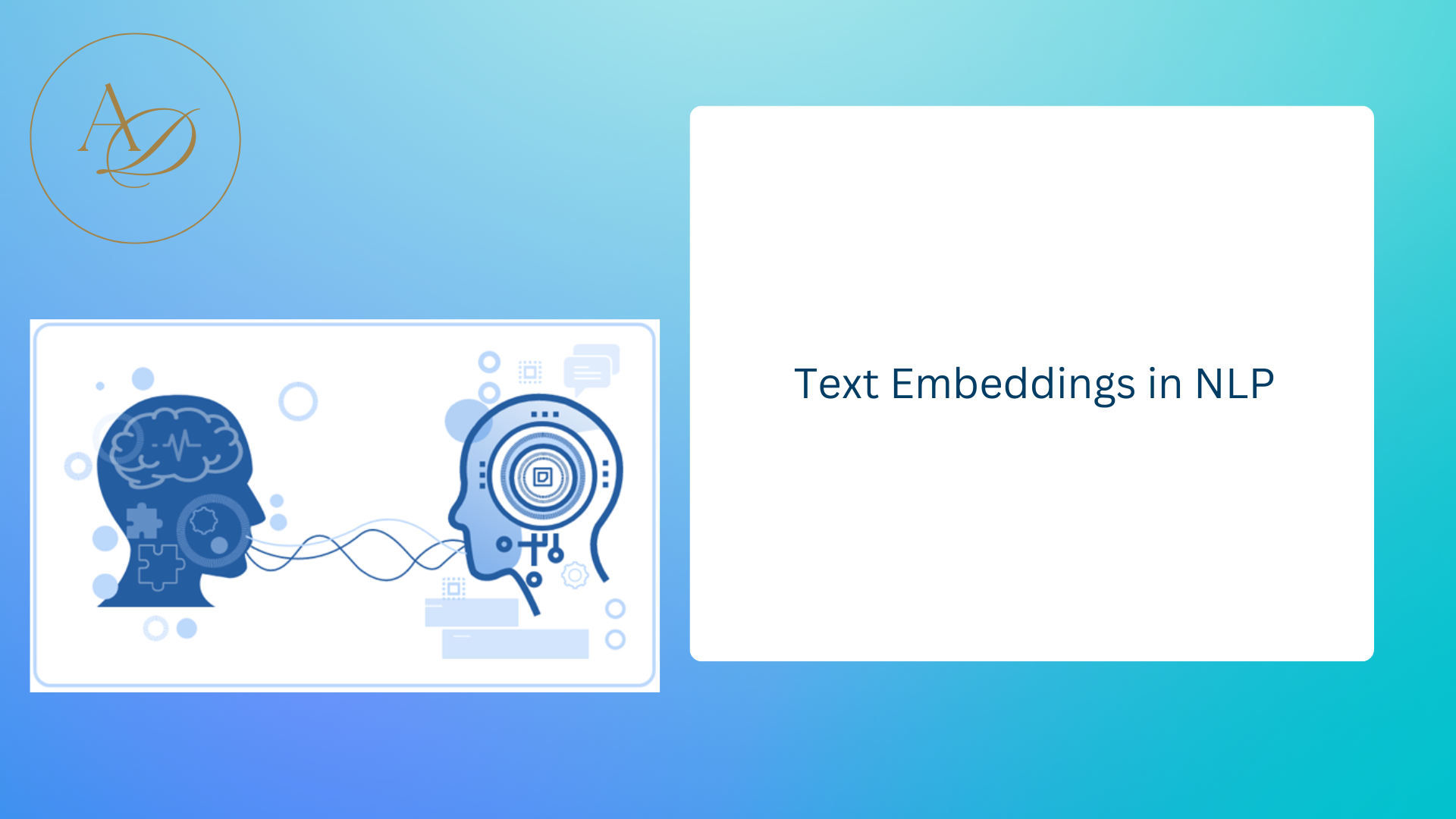In Natural Language Processing (NLP), where machines endeavor to understand and generate human language, text embeddings stand as the cornerstone of modern techniques. Text embeddings are numerical representations of text data that capture semantic and syntactic information, enabling machines to comprehend and process human language more effectively.
Understanding Text Embeddings
Text embeddings transform raw text into a numerical format that machines can work with. These numerical representations capture the contextual meaning of words, phrases, or entire documents. By encoding semantic relationships between words, text embeddings enable algorithms to grasp nuances such as similarity, context, and semantics.
Popular Methods of Generating Text Embeddings
- Word Embeddings:
Word embeddings represent individual words as dense vectors in a continuous vector space. Techniques like Word2Vec, GloVe, and FastText are widely used for generating word embeddings. These methods leverage either shallow neural networks or co-occurrence statistics to learn vector representations of words based on their contextual usage in large text corpora. - Sentence Embeddings:
Sentence embeddings capture the semantic meaning of entire sentences or paragraphs. Methods like Doc2Vec, SkipThought, and Universal Sentence Encoder utilize deep learning architectures to encode sentences into fixed-length vectors. These embeddings are trained to preserve the semantic similarity between sentences, facilitating tasks like text classification, clustering, and semantic similarity calculation. - Contextual Embeddings:
Contextual embeddings, introduced by models like ELMo (Embeddings from Language Models) and BERT (Bidirectional Encoder Representations from Transformers), take into account the context of words within a sentence. Unlike traditional word embeddings, which assign a single vector to each word regardless of its context, contextual embeddings generate different embeddings for the same word depending on its surrounding context. This enables models to capture intricate linguistic nuances and context-dependent meanings.
Applications of Text Embeddings
- Semantic Similarity:
Text embeddings enable algorithms to quantify the semantic similarity between words, sentences, or documents. This capability finds applications in information retrieval, recommendation systems, and question answering. - Text Classification:
By converting text data into numerical representations, text embeddings facilitate tasks like sentiment analysis, topic modeling, and spam detection. Models trained on embeddings can effectively classify text data into predefined categories or labels. - Machine Translation:
Text embeddings play a crucial role in machine translation systems by capturing the semantic meaning of source language sentences and facilitating their conversion into target language sentences. - Named Entity Recognition (NER):
NER systems utilize text embeddings to identify and classify named entities such as names of people, organizations, locations, and dates within unstructured text data. - Text Generation:
Generative models, such as recurrent neural networks (RNNs) and transformers, leverage text embeddings to generate coherent and contextually relevant text. These models learn to generate text by predicting the next word or character based on the embeddings of preceding words.
Challenges and Future Directions
While text embeddings have revolutionized various NLP tasks, several challenges persist. One key challenge is the development of embeddings that capture cross-lingual and domain-specific semantics effectively. Additionally, mitigating biases encoded in embeddings and improving their interpretability are areas of ongoing research.
In the future, advancements in text embedding techniques are expected to address these challenges and unlock new possibilities in NLP. Innovations such as multilingual embeddings, domain-adaptive embeddings, and interpretable embeddings hold promise for enhancing the capabilities of NLP systems and making them more accessible and inclusive.
Conclusion
Text embeddings are like magic codes that help computers understand and work with human language. They take words, sentences, or even whole paragraphs and turn them into numbers that computers can understand. This is super helpful because computers are great with numbers, but not so much with words.

